
© Shutterstock
Researchers from Singapore and China have developed a cheap and green catalytic system for turning fatty acids into fuel that doesn’t require hydrogen or a solvent.
Hydrocarbon biofuels made from waste fats and oils, such as leftover cooking oil could help reduce our dependence on fossil fuels. Traditionally, these biofuels are synthesised by transesterifying lipids under harsh alkaline conditions; in addition to generating waste solvent, this technique does not remove enough oxygen, so the products are incompatible with diesel engines. The process also doesn’t work with fatty acids as they become soapy and deactivate the catalyst. Read the full article in Chemistry World»
Read the original journal article in Green Chemistry – it’s free to access until 17th August:
Effective deoxygenation of fatty acids over Ni(OAc)2 in the absence of H2 and solvent
Wenjing Li, Yongjun Gao, Siyu Yao, Ding Ma and Ning Yan
DOI: 10.1039/C5GC01147G, Paper












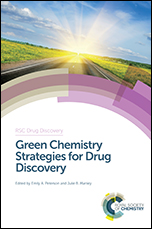

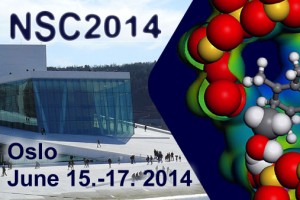
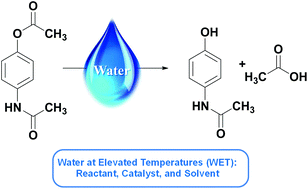
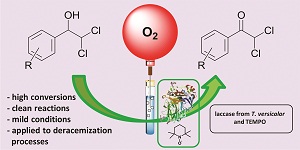
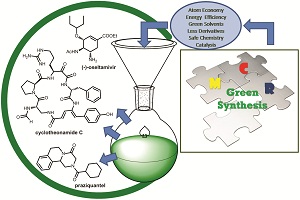
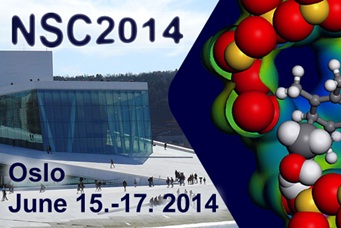
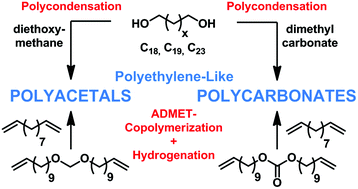
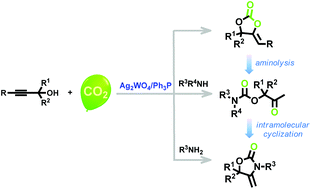
 Shrimp shells that would otherwise be thrown away by the seafood industry have been turned into
Shrimp shells that would otherwise be thrown away by the seafood industry have been turned into